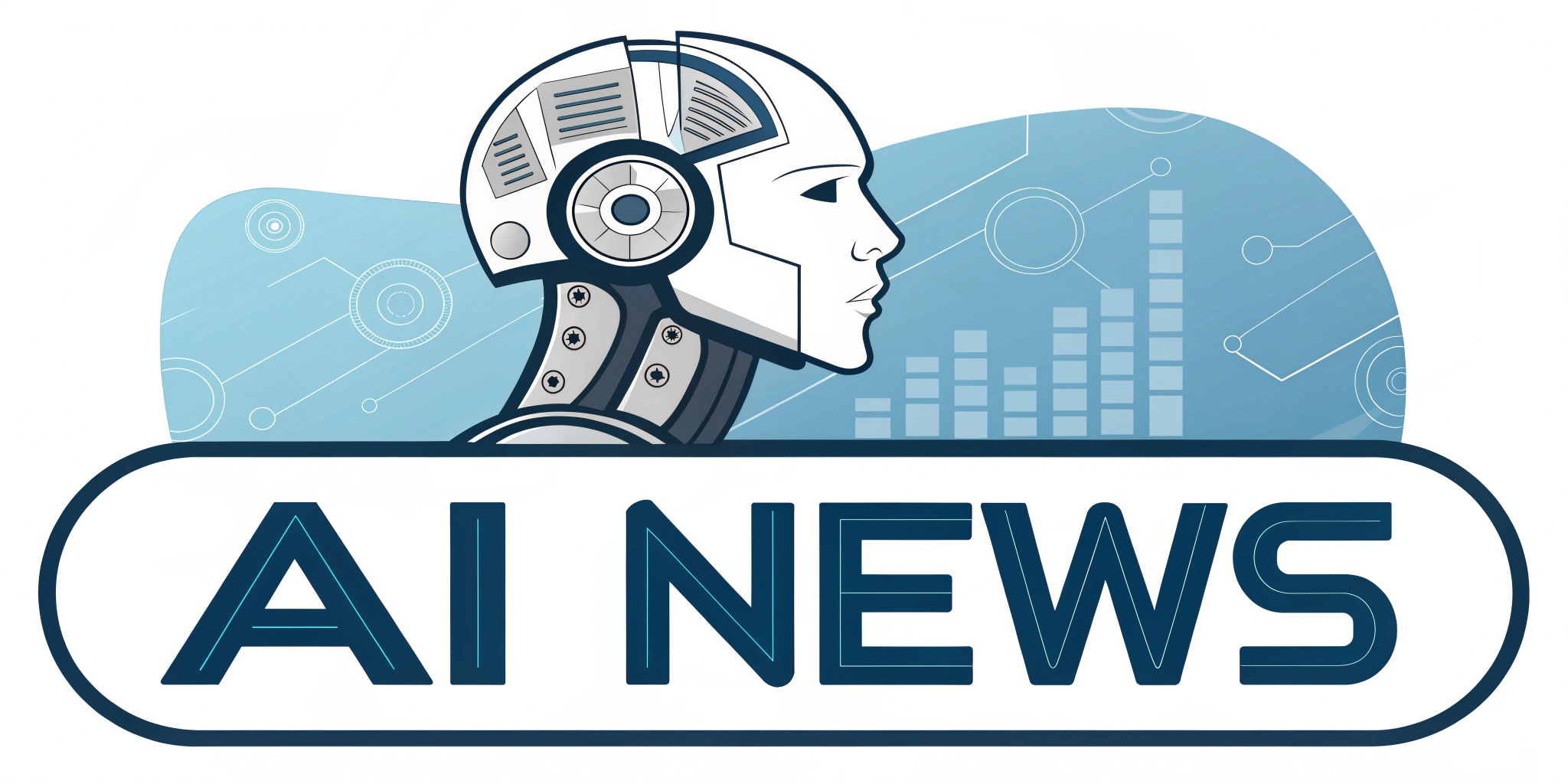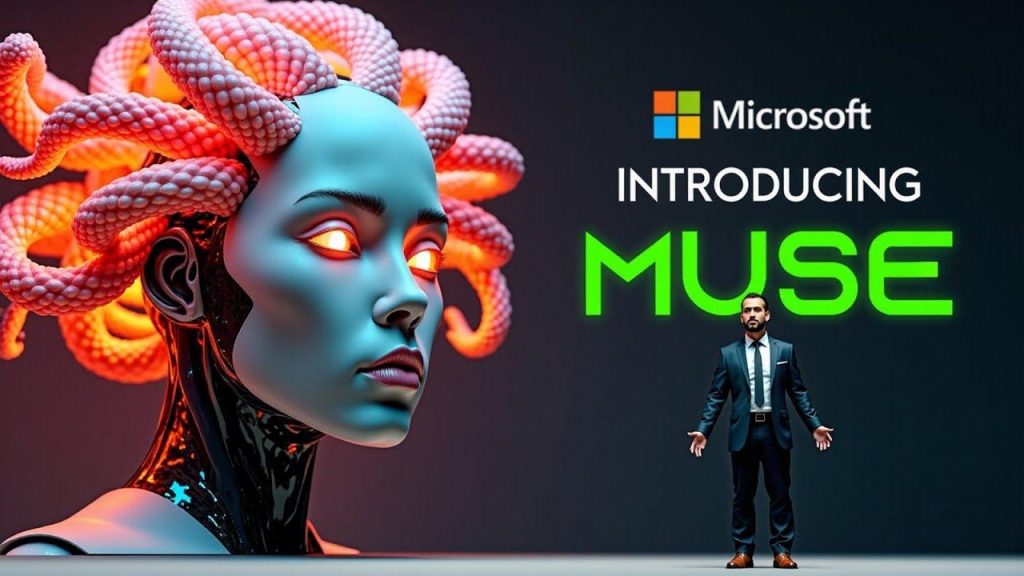In a groundbreaking development for the gaming industry, Microsoft has unveiled Muse AI, an innovative system poised to revolutionize virtual worlds by introducing a new layer of intelligence that transcends traditional script-based responses. Unlike previous models, Muse is capable of understanding the intricate dynamics of game environments, allowing it to generate not only stunning visuals but also seamlessly integrate actions that align with natural gameplay. The concept, which has been under development as late 2022, builds on insights gained from analyzing over a billion images and player actions from the online game Bleeding Edge. With remarkable capabilities to produce interactive gameplay sequences, Muse marks a meaningful leap forward from earlier prototypes, and its potential to breathe new life into classic games holds exciting implications for both developers and gamers alike. As the technology matures, the possibilities for creating rich, immersive experiences in the digital realm appear limitless.
Transforming Virtual Worlds with Intelligent AI
The launch of Muse AI redefines how players interact with their digital environments, offering a compelling blend of adaptability and responsiveness. By analyzing diverse player interactions alongside visual data, the system is designed to react in real-time, creating a more organic and engaging gameplay experience.This allows for the generation of rich narratives and environments that evolve based on player choices, enhancing the storytelling aspect of video games. Key features include:
- Dynamic Environment Adaptation: Levels transform as players progress, responding to their strategic moves.
- Real-Time Narrative Development: Storylines shift based on player decisions, making each play unique.
- Seamless Integration with Existing Games: Classic titles can be revitalized through new, intelligent layers without the need for complete overhauls.
Moreover, the technology empowers developers by providing tools that streamline the creative process, enabling them to focus on crafting innovative gameplay mechanics instead of being bogged down by conventional coding constraints. Muse AI’s capabilities extend beyond mere graphics and gameplay; it promises a future where virtual experiences are not just interactions with pre-set designs but rather ongoing, evolving adventures shaped by player exploration and creativity. This not only enhances user engagement but also repositions AI as a crucial collaborator in game development.
Understanding the Core Functionality of Microsoft’s Muse
The functionality of Microsoft’s Muse centers on its sophisticated machine learning algorithms, which analyze vast datasets to forge a more cohesive and immersive gaming experience. This cutting-edge technology enables the system to understand and predict player behavior, allowing it to craft scenarios that reflect a high level of interactivity and realism. The integration of context-aware AI means that every choice made by players could influence not just the outcome, but also the surrounding environment, characters, and storyline in real time. Advantages of this advanced functionality include:
- Enhanced Realism: The game’s environment can adapt dynamically to player actions, creating a world that feels alive and responsive.
- Player-Centric Storytelling: Each action can lead to new plot developments,ensuring that narratives remain engaging and personalized.
- Support for Community-Driven Content: Players can contribute their own ideas, which Muse can parse and integrate into the ever-evolving game world.
Moreover, Muse serves as a vital resource for developers, equipping them with capabilities that reduce the time and effort associated with traditional game programming. By automating routine processes, the platform encourages innovation, allowing teams to experiment with imaginative concepts and broaden the boundaries of game design. This synergy between human creativity and AI insight embodies a paradigm shift where video gaming becomes not merely a series of programmed events but a collaborative canvas for player and developer ingenuity alike.
The Data-Driven Journey: From Concept to Reality
The unveiling of Muse AI introduces a transformative wave in the realm of digital creativity, enhancing how developers not only envision but realize game concepts. With its capability to process vast visual and interaction datasets, Muse empowers creators to implement features once deemed unattainable due to technical limitations. The system can automatically render environments that adapt to player behavior, promoting a storytelling method that is both interactive and player-centric. Notably, among its unique offerings are:
- Innovative Asset Generation: Automated creation of in-game assets based on player interactions and preferences.
- Fluid Animation Systems: Characters and elements react organically to gameplay scenarios, enhancing immersion.
- Collaborative Design Tools: A user-friendly interface facilitating real-time co-creation among developers and players.
This leap towards a more collaborative model not only enhances the creative capabilities of developers but also fosters a deeper connection with players, allowing for shared experiences that evolve organically. Muse AI ultimately lays the groundwork for a new era in game design where feedback loops and real-time generation transform static concepts into evolving narratives. The implications for community engagement are extensive, as players contribute to and shape their own experiences. The result is an emergent gameplay dynamic that thrives on creativity, pushing the evolution of games into uncharted territories.
Revolutionizing Gameplay: Implications and Future Applications
The advent of Muse AI heralds a significant shift in the landscape of gameplay mechanics, moving away from static structures to dynamic experiences that react intuitively to player actions. By harnessing sophisticated algorithms, the technology can analyze players’ methods and preferences in real-time, crafting scenarios that are both unpredictable and immersive. Such features offer developers a wealth of tools that can revolutionize how levels are constructed and how narratives unfold,allowing for:
- Player-Driven Customization: Adaptive game features enable gamers to influence their gameplay environment and mechanics based on personal styles.
- Targeted Content Delivery: Enhanced systems deliver narrative elements tailored to individual player journeys, ensuring customized storytelling.
- Error-Free AI Integration: Improved testing techniques yield smoother releases,further enhancing the overall player experience.
This evolving relationship between players and technology underpins the exciting landscape Muse AI will foster, inviting unprecedented levels of interaction and collaboration. Developers are empowered to push creative boundaries, enabling the integration of complex mechanics with ease and agility. As this technology matures, we can anticipate innovative game formats emerging that leverage real-time adaptive storytelling, cementing AI’s role as a pivotal component not just in gameplay but in redefining how digital stories are told and experienced.























